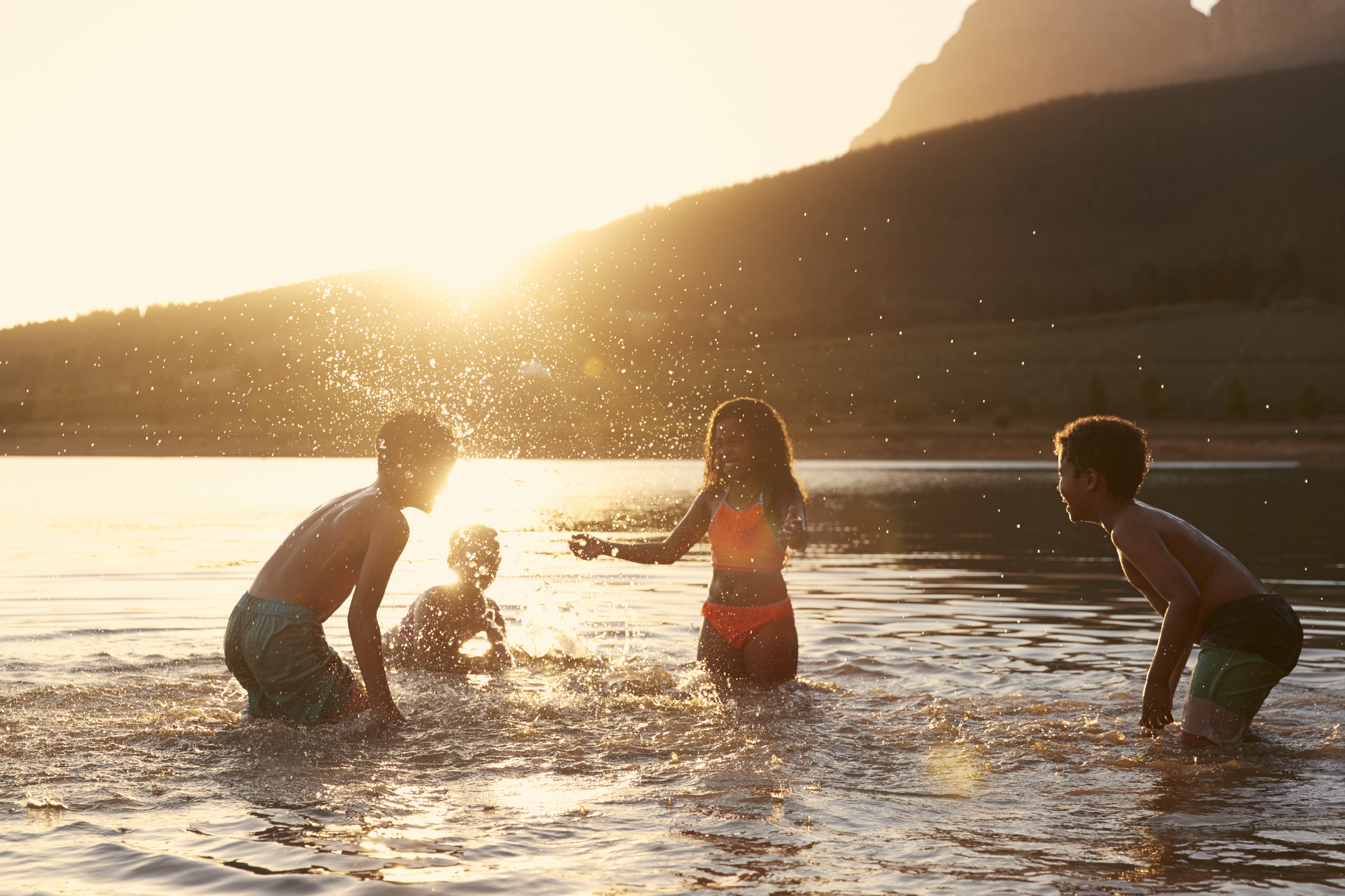Trauma experts alarmed at recent rise in pediatric drownings

Emergency physicians and trauma specialists are extremely concerned about the alarming number of drowning victims — especially children — who are dying in area lakes and pools.
“When we experience extreme heat waves, more families seek relief in the water at beaches and pools,” explains emergency physician Ashley Strobel, MD. “While this may be an effective way to beat the heat, safety must remain the focus. It’s just heartbreaking to care for children who are brought in with this type of preventable trauma.”
Julie Philbrook, RN, Trauma Prevention Specialist at Hennepin Healthcare, agrees.
“As of June 14, there have been at least 25 fatal drownings reported in Minnesota so far in 2021. Five were children ranging from age 4-12 years old. With the Independence Day holiday coming up and continued warm weather, we want to make sure that everyone is aware of how quickly this can happen – and how easily these tragedies can be entirely prevented.”
Their colleague, Ashley Bjorklund, MD, Medical Director of Pediatric Critical Care at Hennepin Healthcare, warns that “It’s so important to have a designated ‘watcher’ and to keep young children – especially any child under the age of 4 – at arm’s length of a supervising adult. Swim lessons and water safety education are a worthy investment. And if you have teenage babysitters, walking through the rules of kids and water with them is really, really essential.”
All three trauma experts weigh in with the following Consumer Product Safety Commission recommendations to help prevent both fatal and nonfatal drownings and keep children safer no matter where they are spending time around the water this summer:
- Never leave a child unattended in or near water, and always designate an adult Water Watcher. This person should not be reading, texting, using a smartphone or be otherwise distracted. In addition to pools and spas, this warning includes bathtubs, buckets, decorative ponds, and fountains.
- If you own a pool or spa, install layers of protection, including a four-sided fence with a self-closing, self-latching gate.
- Learn how to perform CPR on children and adults. Many communities offer online CPR training.
- Learn how to swim and enroll your child in swimming lessons. Check with your city’s community education services for local swimming safety programs.
- Do not rely on inflatable water wings to keep your child safe — they can give a false sense of security for both the child and caregiver.
- Keep children away from pool drains, pipes and other openings to avoid entrapments.
- Ensure any pool and spa you use has drain covers that comply with federal safety standards and if you do not know, ask your pool service provider about safer drain covers.
- In a boat, children under 10 years old must wear a Coast Guard-approved life jacket, all others should consider wearing one as well.
Here are some local resources:
For more information for swimming lessons through the city of Minneapolis click here.
For information on programs through the YWCA click here.
For programs through the Hennepin County Sheriff’s Office click here.
Hennepin Healthcare is an integrated system of care that includes HCMC, a nationally recognized Level I Adult Trauma Center and Level I Pediatric Trauma Center and acute care hospital with the largest emergency department in Minnesota.
###

